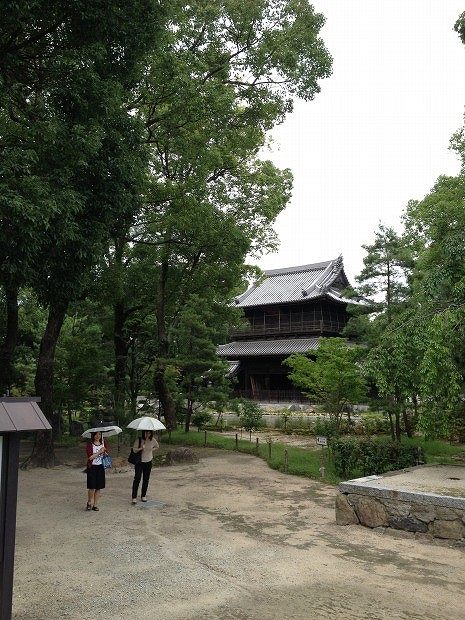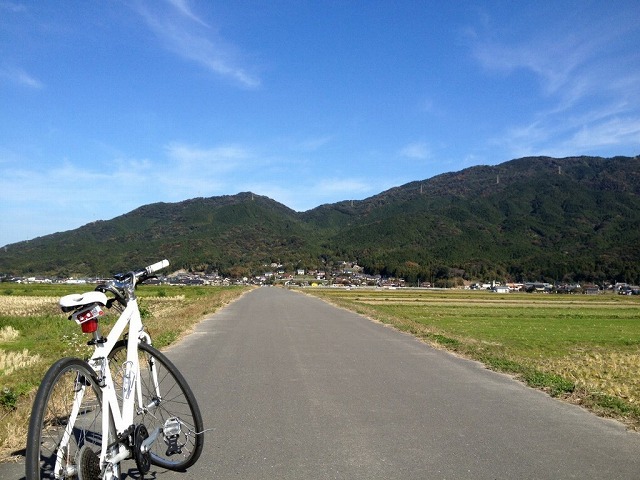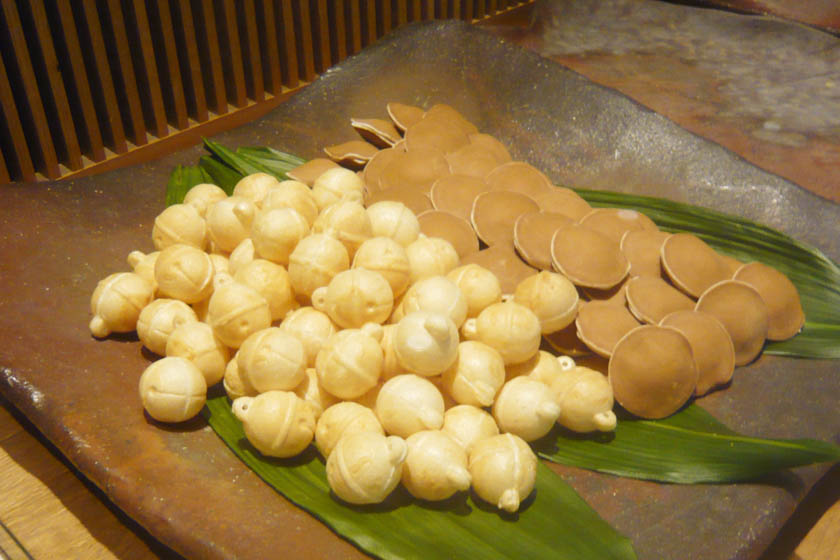Last Updated on 2021/06/18
Traditional Crafts and Designated Traditional Crafts
In Japan, there are many crafts utilizing techniques and skills that have been handed down over a long period of time. These are called traditional crafts, and include ceramics, lacquerware, textiles, dolls, woodwork, stationery, and a wide variety of other items, totaling around 1,300 in number.
Among these traditional crafts, there are “designated traditional crafts” that are specified by the Law for the Promotion of Traditional Craft Industries, a law established by the government for the purpose of industrial promotion. Products that have passed the designated traditional craft inspection are given a certificate with the traditional mark on it. There are five requirements for a product to be certified a designated traditional craft.
First, the craft is mainly used in daily life; second, the main part of the manufacturing process is accomplished by hand; third, the craft item is manufactured by applying traditional technology or techniques; fourth, the craft is produced mainly with traditionally used raw materials; and fifth, the craft is produced in a specifically formed region, where a large number of people are involved in the process.
There are 235 designated traditional crafts throughout Japan. Of these, 21 crafts are found in the seven prefectures in the Kyushu region (as of November 2019). They range from pottery, textiles, and ornaments to Buddhist altars. The following is a list of “designated traditional crafts,” representing each prefecture in Kyushu.
Fukuoka
Fukuoka Prefecture is known for its Hakata dolls. The key characteristic of Hakata dolls is that the hair, kimono, obi and accessories are all made of clay and applied with color. Even the folds of the kimono are finely crafted.
At Hakata Station, the gateway to Fukuoka, there is a work called the “Angel Post” (a postal mailbox) made by Shinkyo Nakamura, a Hakata doll artisan. Hakata has been a center of trade since ancient times, and many informational documents have come and gone through this area. Mr. Nakamura created the “Angel Post” with the idea that the mailbox could “deliver and convey the sender’s thoughts.”
In addition, there are Hakata textiles (Hakata-ori), Kurume Kasuri textiles, Agano porcelain, Yame Fukushima Buddhist altars, and Yame lanterns in Fukuoka.
Saga
One of the designated traditional crafts of Saga Prefecture is Imariyaki/Arita porcelain. The Arita Ceramics Fair is held during the Golden Week holidays in May, every year. It attracts pottery enthusiasts from all over the country, as they can buy pottery that is usually unobtainable at reasonable prices. Shoppers can also enjoy interacting with the artists, and receiving “extras” as gifts. Karatsu ware can also be found there.
Nagasaki
Hasami ware is one of the designated traditional crafts in Nagasaki that you won’t be able to take your eyes off of. With the exception of tableware, Hasami ware can be found here and there, throughout Hasami Town. To start with, a map of the town is recommended. It might be fun for you to discover various pottery makers and their wares, while strolling around the town.
It appears that Hasami ware has evolved along with the times. It originated 400 years ago. Porcelain bowls were expensive and unobtainable for the common people, but Hasami ware’s “Kurawanka bowls” (bowls for everyday use) with simple patterns on them, thick, and unbreakable, became popular among the common people. Hasami ware, which is readily accessible, seems to have had a great influence on the development of Japanese food culture.
Kumamoto
Next is a designated traditional craft from Kumamoto Prefecture: the Yamaga Lantern. The Yamaga Lantern Festival is held every year in August. Women in yukata (cotton summer kimonos) hold up these lanterns on their heads and dance gracefully.
Yamaga Lanterns shine with gold. However, they are made without any wood or metal, using only handmade Japanese paper and glue. It is truly amazing. At first glance, they appear to be made of metal. Even looking at the curved parts and detailed patterns, it is hard to believe that they are made only of Japanese paper, and are true works of art. In addition, Shodai ware, Amakusa ceramics, and Higo Zogan (inlay) are produced in this region.
Oita
The designated traditional craft of Oita Prefecture is Beppu bamboo crafts, and visiting a store with these crafts is highly recommended. Beppu is home to 60% of Japan’s bamboo cultivation, and has a long history of bamboo craftsmanship. It is said that it originated when Japan’s 12th emperor stopped in Beppu to make baskets for tea bowls. In the 14th century, bamboo baskets were made by merchants to store their wares, and the Beppu bamboo crafts market was established from there.
The bamboo craft work cannot be made right away. The first step is to cut down bamboo that is about three to four years old. After that, the bamboo is boiled to remove the oil. Then, it is dried in the sun, which turns it to an ivory color.
The bamboo is cut to the required length, and split in half vertically. The process of splitting the bamboo in half is repeated again and again. It takes more than three years to be able to split the bamboo straight and cleanly.
After splitting the bamboo into fine strips and chamfering (cutting an angled edge; a form of beveling), a thin strand is finally made. A single craftwork requires many bamboo strands, so it is quite a long process to create these beautiful bamboo crafts.
Miyazaki
One of Miyazaki Prefecture’s designated traditional crafts of interest is the Miyakonojo Daikyu (Miyakonojo Grand Bow). You may not be familiar with bows and such, but my grandmother used to play archery when she was young. The prefecture produces 90% of all bamboo bows in Japan, and they have been used by many generations of archers. I’m Sure my grandmother must have used one.
The production process is said to exceed 200 to 300 steps. It is a very time-consuming process, and just to create the curve of the bow, as many as 100 wedges must be driven into it. One craftsman does all the work to finish making one large bow. It takes 10 years to master each process, which reflects how difficult the work is.
Kagoshima
And finally, there is Kawanabe Butsudan (Kawanabe Buddhist Altar), a designated traditional craft of Kagoshima. Some people may be surprised to know that a Buddhist altar is a handicraft, but when Buddhism was flourishing around 1200, many Buddhist altars were made. However, in 1872, Buddhist statues and altars in Kagoshima were destroyed by fire during the abolition of Buddhism. In the midst of such circumstances, the Buddhists worshiped in a “gama” (cave). Although it looks like a chest of drawers, the hidden Buddhist altar shines with gold when opened, and the present design of the Kawanabe Butsudan remains in the form of the “gama.”
It is awe-inspiring to see the jet-black paint, detailed carvings, and the beauty of the gold leaf that gives the impression that it was gleaming inside the cave. It is fitting for a Buddhist altar; an artifact that has sustained people’s hearts, and helped them overcome their struggles in the midst of a sad history.
Other products include authentic Oshima Tsumugi (woven silk fabric that is mud-dyed; also produced in Miyazaki Prefecture) and Satsuma ware.
In Kyushu, there are many fascinating designated traditional crafts, as well as traditional handicrafts. Visiting tourist destinations is a fun way to travel, but changing things up a bit and going to see traditional crafts may be a new way to travel. You will surely discover something new and different.







